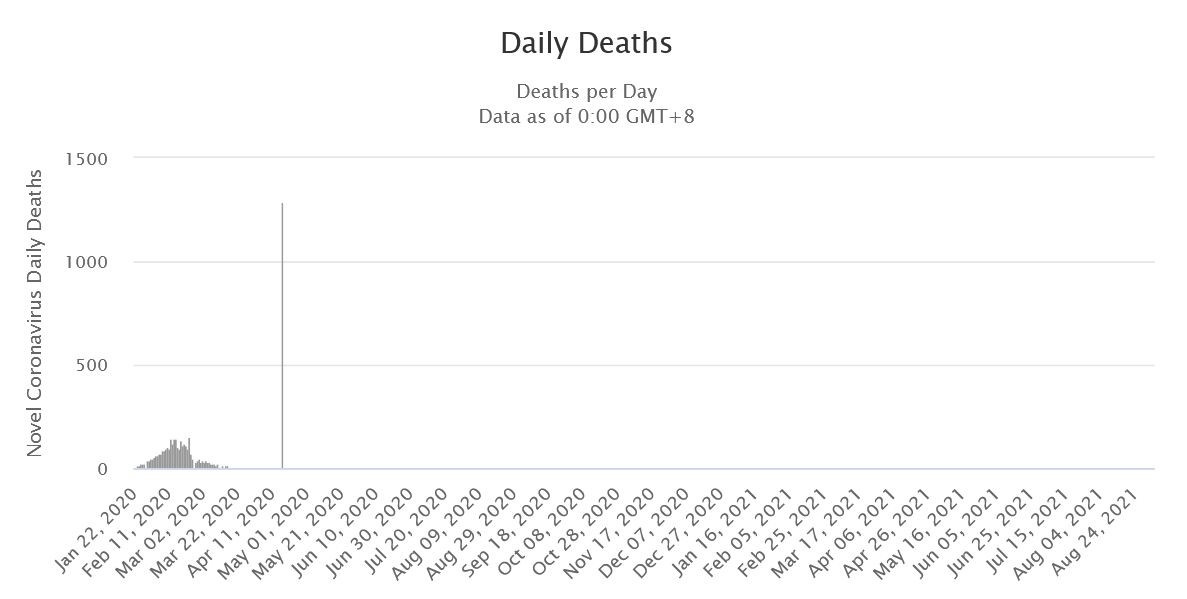Look at the 2nd paper of the 21 studies references in the table:
https://www.ncbi.nlm.nih.gov/pmc/articles/PMC3322931/
Look how absurdly biased that is. They recognise people may lie about handwashing in bold but fail to recognise this for mask wearing? I could be wrong but they also do not distinguish between masks and hand washing clearly enough here. They fail to discuss whether people were outdoors or indoors either, nor what type of environments they found themselves in.
Look at the 4th paper of the 21:
https://www.ncbi.nlm.nih.gov/pmc/articles/PMC3322898/
The mask that most of the general public wear (surgical masks) is not significant even in a medical situation. Again, they also only sampled a small number of cases. They also did not segregate the effect of masks from other PPE or (I assume) handwashing, as evidenced by Table 2.
I have no doubt that several other papers referenced in the paper you provided are like this.
Aside from statistical studies, at the time (2020) there were no physical CFD simulations capable of modelling accurately air-droplet flow and interactions in even the most simple of flow cases, let alone exhaled air with and without masks. This will not have changed.
The experiments in this area to describe where and how the droplets move were still confined to very limited and niche cases as well. Maybe some experiments have been carried out now, but those which show "penetration depth" of the ejected spittle in a lab setting are not particularly useful on their own.
But qualitatively, with masks such as "surgical masks" which have gaps, much of the air flow escapes in the gaps and if someone only exhales small droplets, then the air will carry most of the droplets with it. It is a similar problem with other loose fitting masks as well and obviously idiots who do not cover their noses with their masks. I have said this several times in this thread. This is why paper 4 probably found that the effect was not significant.
You may say that "people with a sniffle" should wear a mask, but actually what they should really be doing is not going out in the first place and staying at home. The only circumstances where masks can make a significant and obvious effect is where people use N95 masks (or better yet, half mask or full mask respirators) which provide an adequate seal to prevent leakage. Unfortunately, almost no one in the general public uses N95 masks as their cost makes them too expensive to use on a regular basis.
I think the problem is a bit like football in the sense that people see players names "on paper" and think the team should do well and then the reality is that for a wide range of reasons, they may not. It is a similar case for masks - under ideal circumstances they will help, but the problem is you will rarely find those ideal circumstances and the physical evidence for the alternatives is still lacking. At present we therefore rely on statistical models and surveys which, at least from the two I looked at, hardly look conclusive to me.


